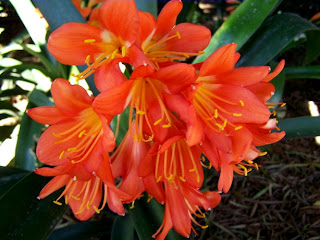Life expectancy: They can live to be 40 years old or more.
Predators: The chicks have many predators including vulture, hyena and jackal.
One ostrich egg equals 24 chicken eggs.
In breeding season, the lower front of his legs go a bright red.
 Ostriches have great vision and because of their strong legs can run at 70 km (40 miles) per hour.
Ostriches have great vision and because of their strong legs can run at 70 km (40 miles) per hour.Ostriches are mainly vegetarian, eating grass, succulents berries and seeds, though they will also eat insects. They swallow large numbers of pebbles which help grind the harder food in the gizzard and aid digestion.
 Territorial males compete for flocks of 3 to 5 hens. Mating includes elaborate displays of hisses and dancing. Once divided into mating groups, ostriches in some areas use communal nests to hold anywhere from 14 to 60 eggs. The nest is a hole scraped in bare ground about 1 to 2 feet deep. The average egg is 6 inches in length, 5 inches in width, weighs about 3 pounds, and is shiny and whitish in color. Eggs take approximately 35 - 40 days to hatch. The male, which has mostly black feathers, sits on the eggs at night, and the drab, brown female who lays up to 20 eggs, covers them during the day. Only 15 percent of chicks make it to their first birthday, despite having protection from their parents.
Territorial males compete for flocks of 3 to 5 hens. Mating includes elaborate displays of hisses and dancing. Once divided into mating groups, ostriches in some areas use communal nests to hold anywhere from 14 to 60 eggs. The nest is a hole scraped in bare ground about 1 to 2 feet deep. The average egg is 6 inches in length, 5 inches in width, weighs about 3 pounds, and is shiny and whitish in color. Eggs take approximately 35 - 40 days to hatch. The male, which has mostly black feathers, sits on the eggs at night, and the drab, brown female who lays up to 20 eggs, covers them during the day. Only 15 percent of chicks make it to their first birthday, despite having protection from their parents. Ostriches were almost wiped out in the 18th century due to hunting for feathers. By the middle of the 19th century, due to the extensive practice of ostrich farming the ostrich population increased. The movement changed to domesticating and plucking ostriches, instead of hunting. Ostriches have been successfully domesticated and are now farmed throughout the world, particularly in South Africa, for meat, feathers and leather. The leather goes through a tanning process and is then manufactured into fashion accessories such as boots and bags.
Ostriches were almost wiped out in the 18th century due to hunting for feathers. By the middle of the 19th century, due to the extensive practice of ostrich farming the ostrich population increased. The movement changed to domesticating and plucking ostriches, instead of hunting. Ostriches have been successfully domesticated and are now farmed throughout the world, particularly in South Africa, for meat, feathers and leather. The leather goes through a tanning process and is then manufactured into fashion accessories such as boots and bags.




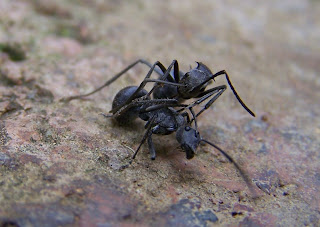
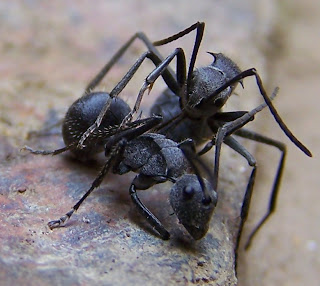



 Kudu Lily
Kudu Lily






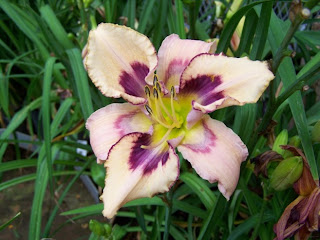

















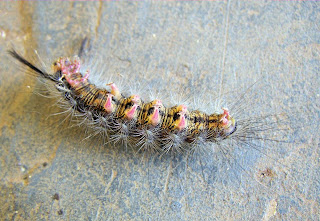 I took him and put him on a nearby bush. I love those two tufts of hair sticking out on the sides.
I took him and put him on a nearby bush. I love those two tufts of hair sticking out on the sides.





